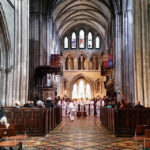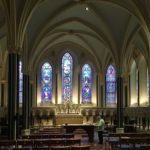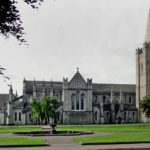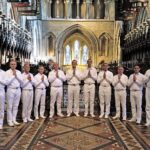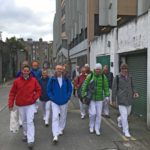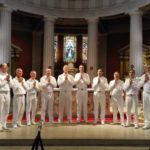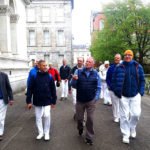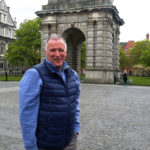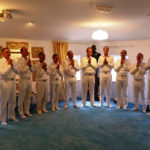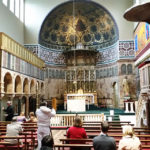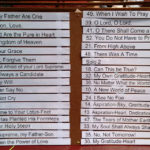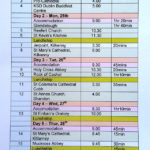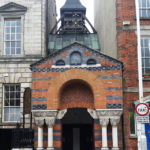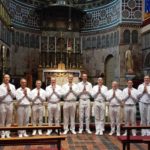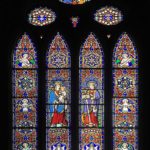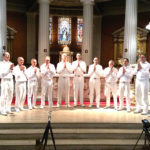PERFORMANCE 1
Sunday 24th April 10:00 am
Dublin Sri Chinmoy Centre
Located in central Dublin for almost 20 years, the Dublin Sri Chinmoy Centre offers free, community-based events such as public concerts, sporting fixtures, meditation and self-awareness classes to thousands of people and organises several unique grassroots initiatives to promote a more peaceful world. Appropriately, our first concert was offered here.
PERFORMANCE 2
Sunday 24th April 12:00 am
Newman University Church, St Stephen’s Green, Dublin, 18th Century
Built in 1730 and initially attached to the neighbouring Catholic University, the NUC has been a distinctive landmark in Dublin’s city centre for over 150 years and continues to be a place of faith, serving the local parish community and Dublin community.
PERFORMANCE 3
Sunday 24th April 4:00 pm
St Mary’s Pro-Cathedral, Dublin, 19th Century
St Mary's Church, known also as St Mary's Pro-Cathedral (meaning acting cathedral) or simply the Pro-Cathedral, is the episcopal seat of the Roman Catholic Archbishop of Dublin and Primate of Ireland. Because of its long history, Roman Catholicism been the main religion in Ireland but has no cathedral in Ireland's capital city. Roman Catholics could not celebrate Mass or the sacraments in public and were subject to severe penalties. Though not a full cathedral, the current building became a symbol of the Irish nationalist spirit in the era following the ending of the Penal Laws.
PERFORMANCE 18
Saturday 30th April 12:00 pm
St Patrick’s Cathedral, Dublin, 13th Century
Saint Patrick's Cathedral in Dublin, also known as The National Cathedral and Collegiate Church of Saint Patrick, was founded in 1191 and is the largest church in Ireland, one of Dublin's two Church of Ireland cathedrals. It has a 43-metre (140 feet) spire. Christ Church, the other cathedral, is the diocesan cathedral of the diocese of Dublin and Glendalough. Since 1870, the church has designated St Patrick's as the national cathedral for the whole of Ireland, drawing chapter members from each of the twelve dioceses of the Church of Ireland. The basis of the present building was built between 1191 and 1270, though little now remains of the earliest work beyond the Baptistry. Much of the work was overseen by the previously mentioned Henry of London, a friend of the King of England and signatory of the Magna Carta, who was also involved in the construction of Dublin's city walls, and Dublin Castle. Throughout its long history the cathedral has contributed much to Irish life, and one key aspect of this relates to the writer and satirist Jonathan Swift, author of Gulliver's Travels, who was Dean of the cathedral from 1713 to 1745. Many of his famous sermons and "Irish tracts" (such as the Drapier's Letters) were given during his stay as Dean.

